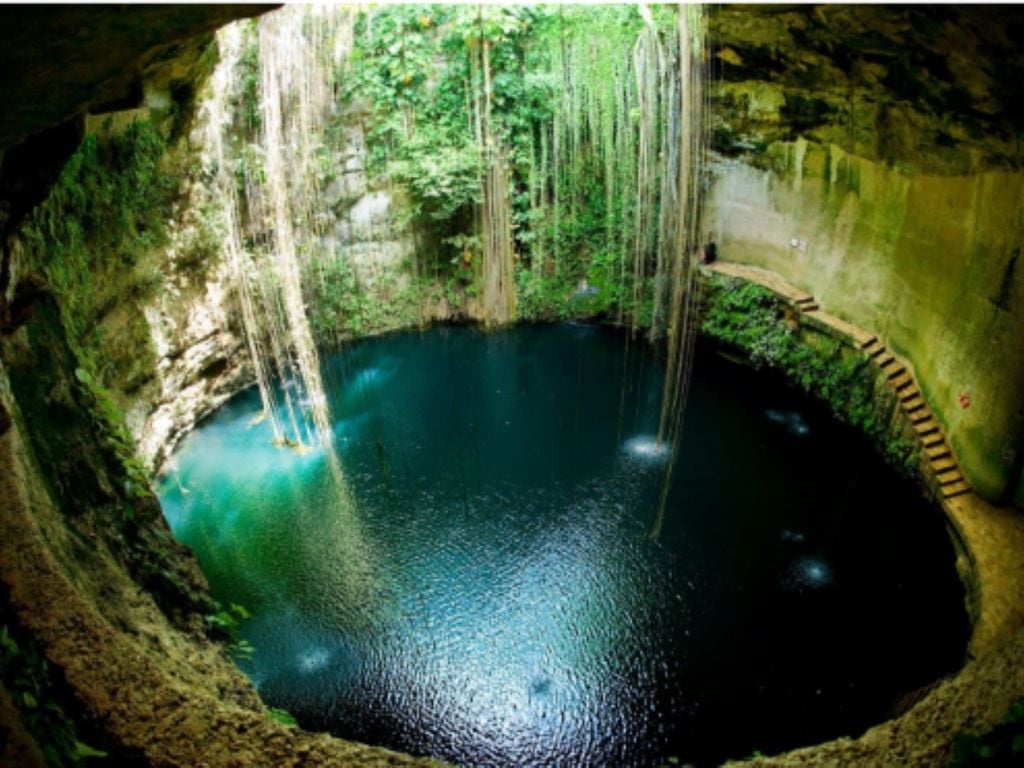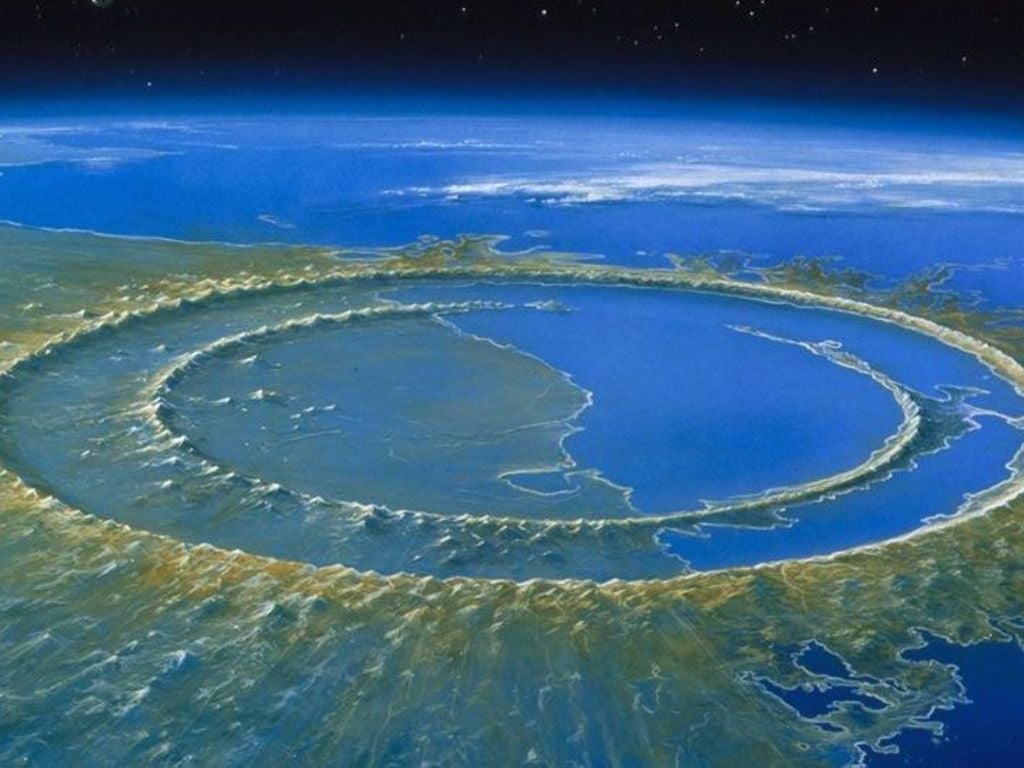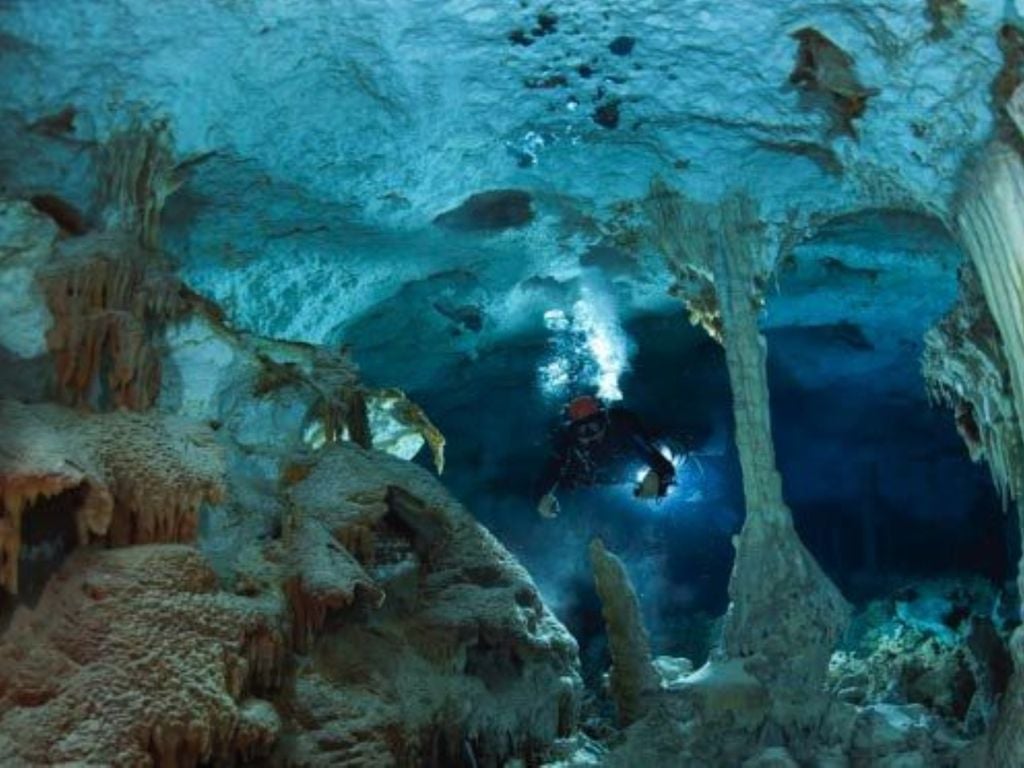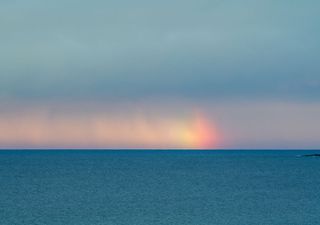Why are most cenotes in Mexico?
These beautiful spaces are wrapped in a kind of mystery. They are the incredible jewels of the Yucatan Peninsula, which are protected by the jungle. It is said that the experience of swimming in them is unique.

It is said that, around 65 million years ago, a meteorite 10 kilometres in diameter impacted the North of the Yucatan Peninsula. It turns out that it was so big that it was almost the size of Mount Everest. Furthermore, derived from the above, it is concluded that this caused the extinction of the dinosaurs.
In that same order of ideas, it is stated that there were elements to corroborate the occurrence of that event, when in the middle of the last century, a geophysical anomaly was detected under the sea, consisting of a semi-circular structure, about 200 kilometres in diameter. In addition, some significant evidence was discovered.
It turned out that the energy stored, due to the extreme speed with which the asteroid landed on that occasion, at 20 kilometres per second (20 times faster than a bullet), was spread in the form of 100 teratons of dynamite (TNT), which translates into a billion times more than the Hiroshima and Nagasaki bombs.
It was so powerful that this impact wiped out the era of the dinosaurs, as well as most of the living beings that inhabited the planet at that time. As a result, waves 150 metres high were generated, destroying everything in their path.

What is a cenote?
Furthermore, the severe impact raised so much dust that for months the earth remained in complete darkness. These formations are a type of very deep water wells, which are fed by the filtration that is generated as a result of the rains that occur. Likewise, they are nourished by river currents that form at the surface and sub-surface levels. Based on the studies carried out, it is known that the average temperature of its waters is 24 °C.

The crater that was formed by the impact is called Chicxulub, after the Yucatecan town where “Chac-xulub-chen” is under protection, whose meaning in Mayan is something like “the devil's well.” As a result, a network of sinkholes called cenotes was formed. The soil of the Yucatan Peninsula is mainly made up of limestone rocks.
Where are there cenotes in the world?
This type of geological formation can also be observed in other parts of the world, such as the United States, Croatia, China and Italy. This place is an excellent space, if what you are looking for is to immerse yourself in calm waters. It is said that there are 6 near Mérida, while close to the Yucatán Peninsula, there are 8 incredible cenotes.
Meanwhile, it is said that in the United Kingdom there is one that, through a series of tunnels in the cliffs, which were dug by miners, at the beginning of the 19th century, on the "ladies' beach." It draws international attention. It is precisely there where an incredible pool was found, built by the miners themselves, using boulders and lime mortar, which was originally used by the ladies of the time to bathe. It was arranged in such a way that it is still protected today.
Why is the water in cenotes blue?
Derived from the presence of microscopic flora, namely: phytoplankton, benthos and periphyton algae, which by the way, has great diversity, with up to 80 species of this type found, the blue-greenish hue is acquired in the water. This is especially enhanced when the presence of chlorophycean and cyanophycean microalgae dominates.
The phytoplankton species that inhabit this aqueous ecosystem will vary depending on the seasons of the year, in addition to manifesting themselves through the response to being a dry or rainy season, as a result of the dragging of nutrients that can be found in the surroundings of the cenote. The aquatic fauna includes a wide variety of micro and macroscopic invertebrates.








